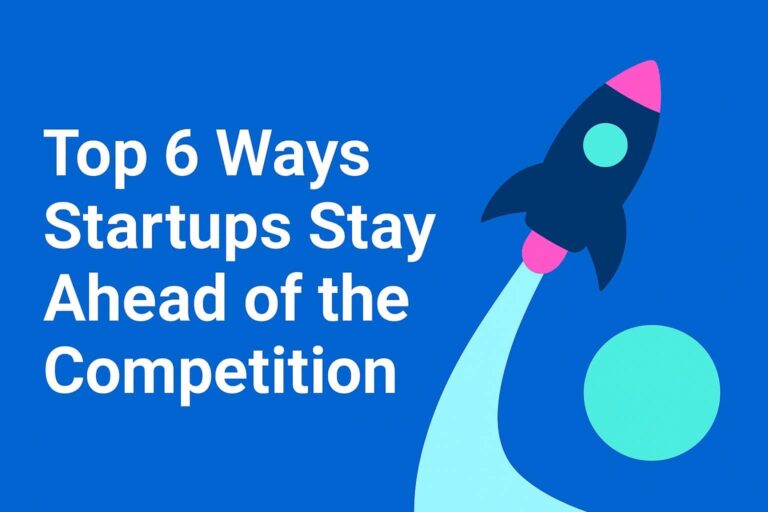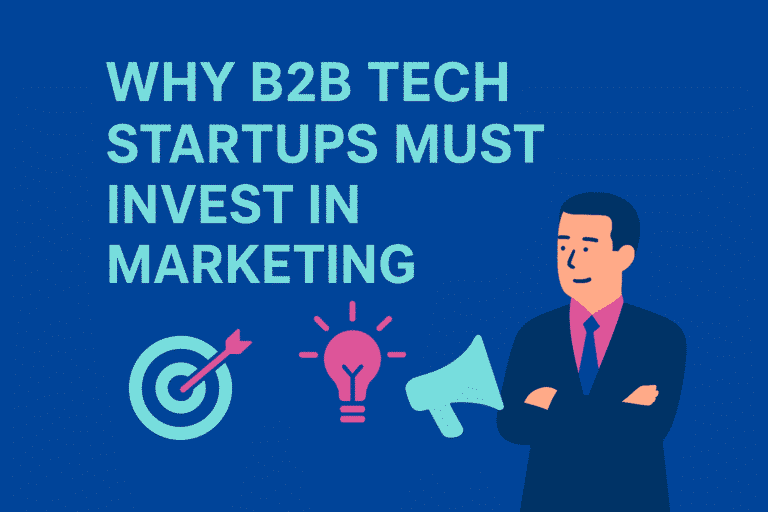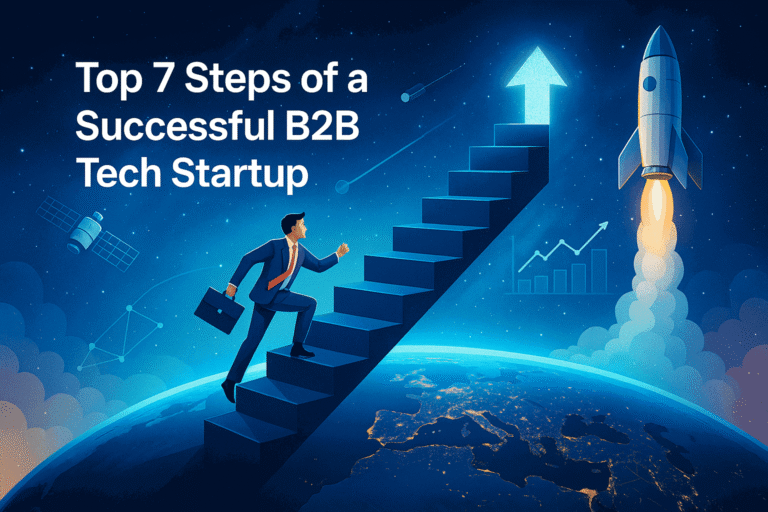What is Market Resistance?…
Market resistance refers to the reluctance or unwillingness of potential customers, industries or markets to adopt a new product or service. For B2B tech startups, this resistance can be particularly pronounced due to the inherent complexities of the technology sector, where businesses are often risk-averse and hesitant to disrupt established practices, workflows and systems. Increasingly, customers of all sizes take a considered approach and conduct intense due diligence before making a purchasing decision. While there is great pressure on marketing and sales to perform, other factors can also put a major drag on success. Market resistance can slow down your growth, limit market penetration, and in some cases, lead to failure despite having a strong product.

The Top 8 Factors of Market Resistance for B2B Tech Startups:
1. Customer Inertia
Businesses, especially large enterprises, tend to resist change due to the cost and risk involved in adopting new technologies. The fear of disrupting existing operations, the potential for unforeseen costs and the uncertainty of return on investment (ROI) can make customers hesitant to switch from their current solutions to a new, unproven product.
2. Lack of Brand Awareness
This is a common issue for tech startups, as new and innovative solutions may not be widely known or understood in the market. Without sufficient awareness, potential customers may not even realise that the solution to their problem exists, or they might not fully comprehend the benefits the new technology offers. Once again, this highlights the importance of building a brand and investing in marketing.
3. Complex Sales Process
B2B tech solution selling often involves complex and protracted sales cycles that require approval from a buying team. Multiple stakeholders are often involved and can influence the purchasing decision, including IT departments, procurement and management. Each of these stakeholders may have different concerns and priorities, which can prolong the decision-making process and create barriers to entry. Many tech founders underestimate the difficulty of winning new customers, and consequently under-resource their sales team.
4. Regulatory and Compliance Issues
The tech industry is subject to various regulations and compliance standards, especially in sectors such as healthcare, finance, legal, accounting and data security. Meeting these regulations can be challenging and costly for startups, particularly when entering international markets where local laws may differ.
5. Incumbent Competitors
Established competitors with deep pockets and long-standing customer relationships can pose significant challenges. These incumbents may respond to new market entrants by lowering prices, increasing marketing efforts or enhancing their product offerings to maintain their market share. Never think competitors will simply stand and idly watch as new entrants attempt to attract clients away from them.
6. Market Saturation
In some cases, the market may already be saturated with similar products, making it difficult for a new solution to stand out and make any discernible impact. Where the market is highly fragmented, startups may need to cater to diverse customer needs and preferences, complicating the product development and marketing strategies. In situations like this, competitors struggle to clearly articulate any differentiated value, and prospects are usually confused and find it difficult to distinguish between them.
A good example of this is the market for data management tools, which has layers of sub-categories and hundreds of vendors providing a myriad of solutions. It would take a specialist expert to understand the nuances, let alone make a buying decision.
7. Price Sensitivity
Pricing can be a significant barrier, especially for startups offering premium products when they have no market penetration, and their small size can be perceived by customers to be a risk factor. If potential customers consider a product as too expensive relative to its benefits, they may opt for cheaper, albeit less advanced, alternatives or decide to continue with what they already have.
If you are asking new clients to switch to a different commercial arrangement, such as a subscription model, but they prefer to leverage their available capital, then this mismatch will cause friction and could stall the sales process. Established competitors can sometimes trigger a price war by offering deals, such as multi-year discounts, to outmanoeuvre a new competitor and protect their market share.
8. It’s Not That Important
If your solution doesn’t solve a significant problem for a customer, it may be seen as a nice-to-have, rather than a must-have. Customers will pay money to fix things that are Painful, Urgent and Disruptive (PUD) to their business. PUD problems create an instant demand and accelerate sales due to the associated risk, cost and frustration. Focus on extreme pain points, provide instant relief and solve the problem so it doesn’t return. If customers don’t categorise your solution as a necessity, then you will have long sales cycles with low conversion rates.
Just Part of the Process
The process of launching a tech startup and bringing a new solution to market is challenging enough, only to then find that customers aren’t ready, willing or able to take advantage of your offer. Any one of the market resistance factors listed above could potentially slow down or even derail a great technology from achieving its potential. It’s possible you will need to deal with many of them at different stages.
However, each of these obstacles can be dealt with and is a normal part of a tech startup’s development. With the right attitude, approach and leadership, you will find a way around or through all of them and perhaps many others. Some of them will require investment, but all will require a creative mindset and the ability to innovate. These challenges highlight the many peaks that must be traversed by any small tech business. It’s better to anticipate and mitigate them rather than wait and react once growth has already slowed down, as that may be too late.
You may want to read: “Top 10 Ways Startups Overcome Market Resistance.”







